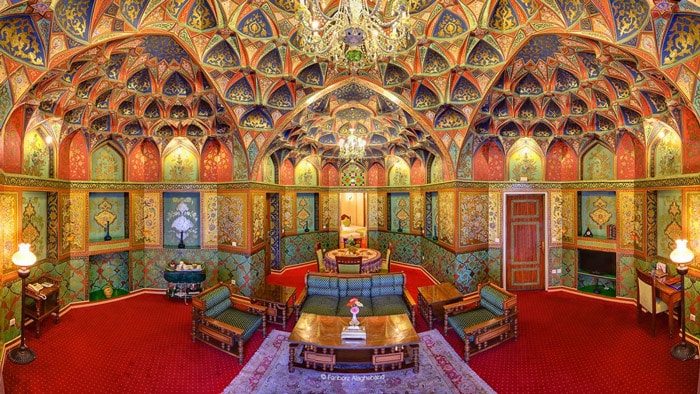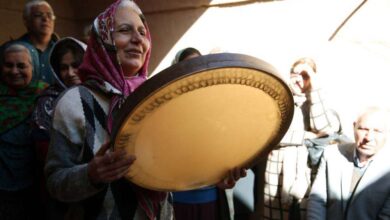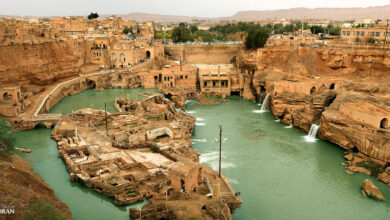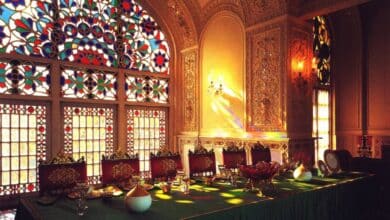Vank Cathedral in Isfahan: Exploring Iran’s Historical Marvel
A Harmonious Blend of Art, Culture, and Faith
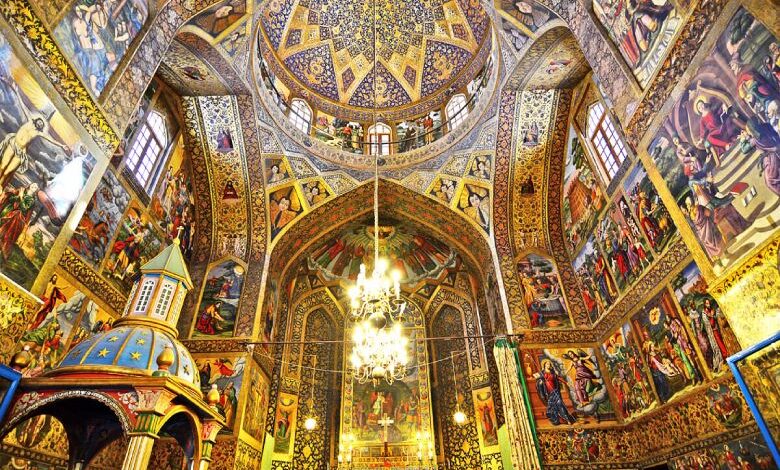
Isfahan boasts several impressive cathedrals, with Vank Cathedral being one of the most prominent. Situated in the New Julfa district, this cathedral showcases a captivating fusion of architectural styles and cultural influences. As one of the sacred sites in Isfahan province, the church attracts numerous tourists from both domestic and international destinations.
The Vank church, located in the Jolfa neighborhood of Isfahan, has a rich history dating back to 1606. Initially known as Hakob (Yakoob) Church, it started as a small building in the southwestern part of the current structure. Over time, the church expanded and evolved into its present form.
Established by Armenian settlers forcibly relocated by Shah Abbas I during the Ottoman War of 1603-1618, the cathedral’s architecture and fortunes bear the marks of various influences from European missionaries, travelers, and locals.
As the largest and most renowned church in Iran, Vank Church also serves as the Armenian Cathedral of Isfahan. Referred to as “Amenaperkich,” it is one of the 13 surviving churches in the Jolfa neighborhood from the 17th century, with ‘Vank’ translating to ‘monastery’ in Armenian.
Contents
Vank Cathedral Particularities
The Vank Cathedral showcases a rich history of enhancements and additions throughout the years. The evolution of its various components is evident, with some parts lost but many others renovated, added, and upgraded over time.
Museum
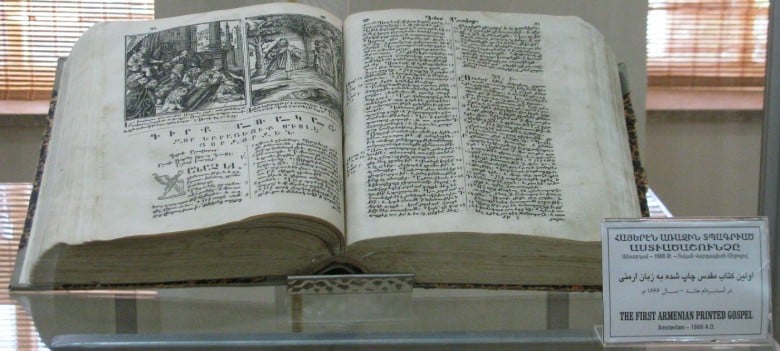
The Vank Church Museum started as a small collection of rooms constructed on the north side of Vank Church a century ago. Over time, it has transformed into a comprehensive museum housing significant historical paintings, exquisite manuscripts, and valuable works that were previously stored in an abandoned warehouse within the church.
Library
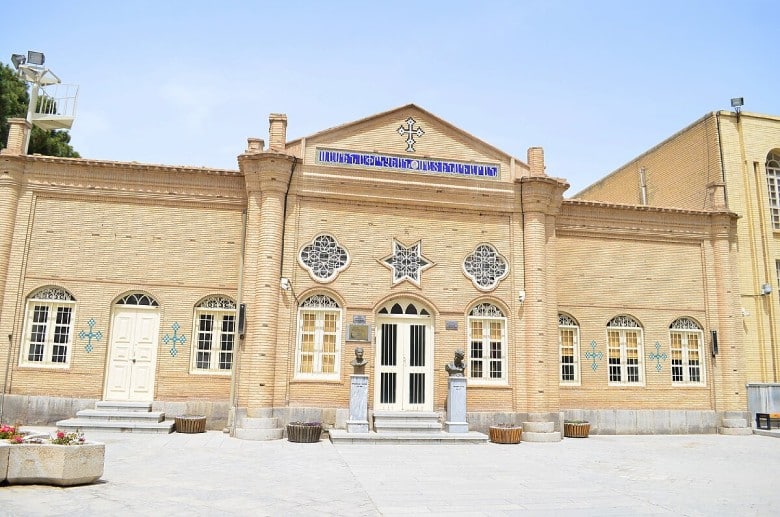
Most of the cultural artifacts belonging to the Isfahan Armenians are housed within the library of Vank Church. Situated in the northern section of Vank Church, adjacent to the museum, this library contains a collection of historical documents and books that date back over 400 years, some of which are not accessible to the general public.
The library boasts a total of over 30,000 works available in Persian, Armenian, and English. Established in 1884 by Hohannes Sorenyan, the purpose of Vank Church Library was to safeguard the precious Armenian literary works, many of which were brought by the Armenian people during their migration and have since gained significant historical value.
Prayer Room
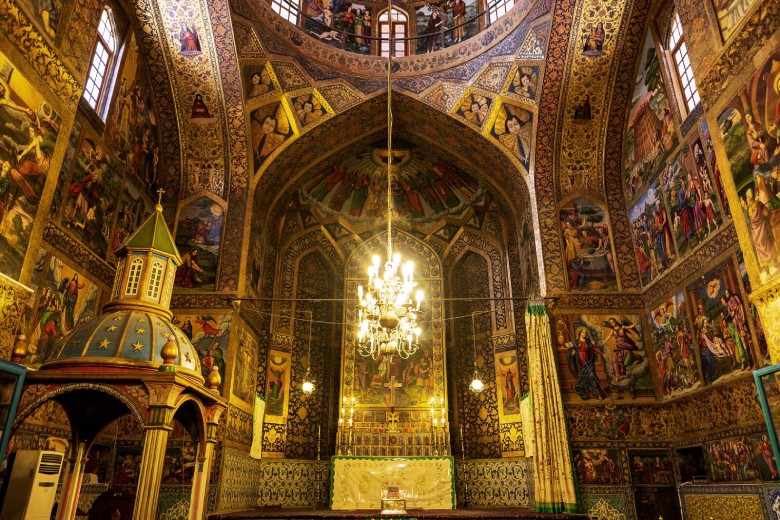
The Vank church features a parallelogram-shaped structure divided into two parts. The first part is a prayer hall, with the nave as the first section and the area under the dome used for religious ceremonies on special occasions. The prayer hall is adorned with colored tiling on all walls, while the walls up to the inside of the dome are decorated with Bible pictures. The dome’s interior is embellished with paintings and tiling decorations, while the external surface is covered with a brick façade.
Printing Press
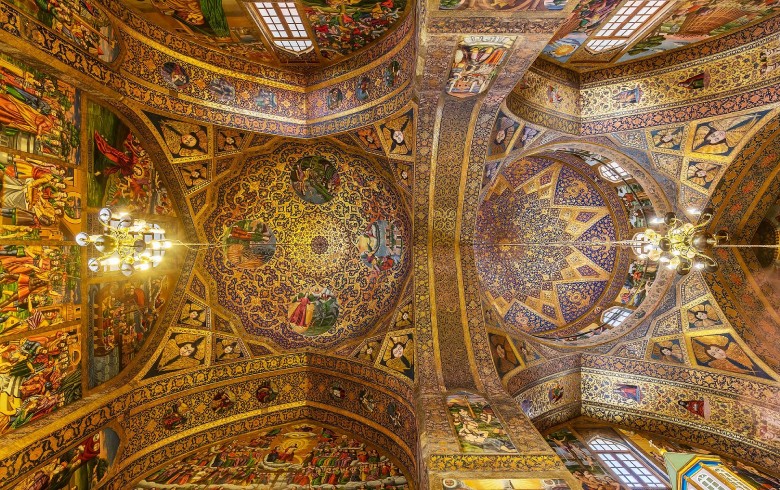
In 1630, the Vank Cathedral saw the construction of a printing press. It wasn’t until eight years later that the first book, a copy of the psalm, was printed in the church’s printing house. It took one year and five months to complete this version, with all the clergy of the church involved in the process. This book is recognized as Iran’s first printed book.
Over the next four years, four more books focusing on Armenian culture and education were published in this printing house.
The first printing house in Iran was established in Vank Church, and the first printed book in Iran was produced there. However, the printing house did not thrive for long, facing opposition that eventually led to its burning and destruction. Today, the renowned Vank Church printing press and examples of books printed in the church’s printing house in the distant past are preserved in the Vank Museum.
Architecture

The clock tower, also known as the bell tower, was constructed 38 years after the completion of the church’s main building by Hvanjan Jamalian. Two tombs of an Armenian soldier and an Armenian leader are located beneath the bell tower. On the right side of the bell tower, there is a blue inscription covered with cross stones, known as Khach Kalim in Armenian, which were brought to Vank Church from other Jolfa churches.
The Vank Cathedral boasts a domed sanctuary reminiscent of Iranian mosques, along with a semi-octagonal apse and raised chancel more commonly seen in Western churches. While its exterior is relatively plain, the richly decorated interior provides a stark contrast.
Inside, visitors will find exquisite frescoes, gilded carvings, and intricate tile work. The central dome depicts the Biblical story of creation and humanity’s expulsion from Eden. Murals on the walls depict events from Jesus’s life and the suffering of Armenian martyrs under the Ottoman Empire. The cathedral’s courtyard is home to a freestanding belfry and the graves of Orthodox and Protestant Christians, including notable figures like Sir George Malcolm and Alexander Decover.
Vank Cathedral Final Words
The Holy Savior Cathedral, also recognized as the Church of the Saintly Sisters, stands as a cathedral situated in the New Julfa area of Isfahan, Iran. It is frequently denoted as the Vank, a term that translates to “monastery” or “convent” in Armenian.
Vank Cathedral FAQ
Where is Vank Cathedral located?
The address of Vank is: Iran, Isfahan province, Isfahan, Jolfa neighborhood, East Nazar street, Vank church alley.
What are the visiting hours of this cathedral?
Visiting hours: every day from 8:30 to 13:30 and 16 to 18:30
When was Vank established?
The cathedral was established in 1606 and it is one of the oldest Cathedrals in Iran.

